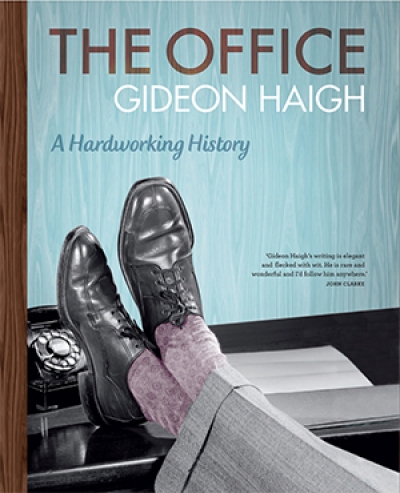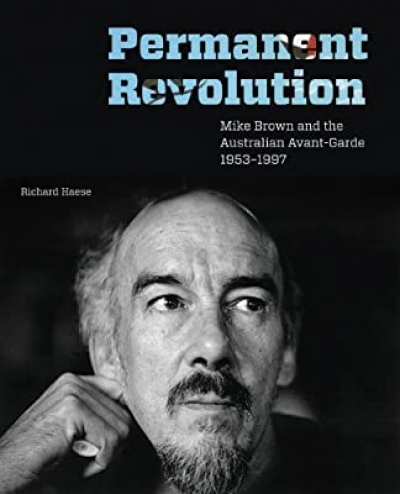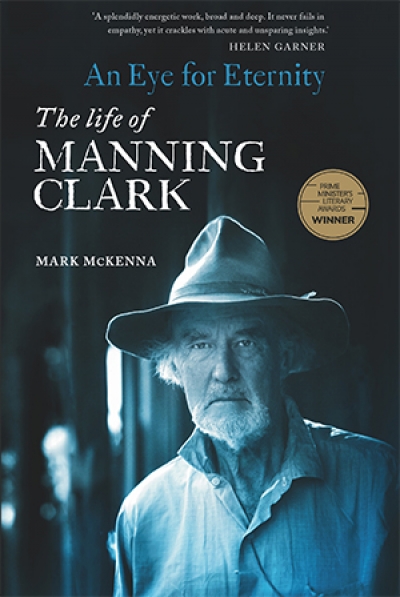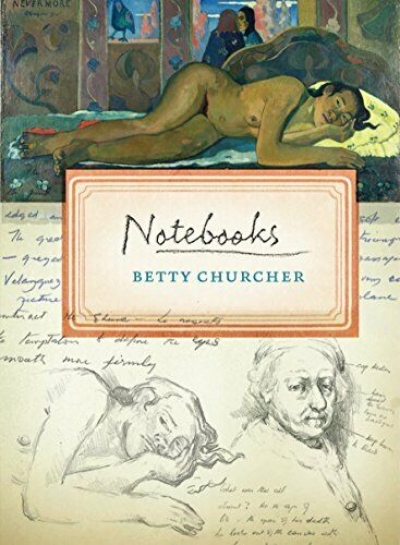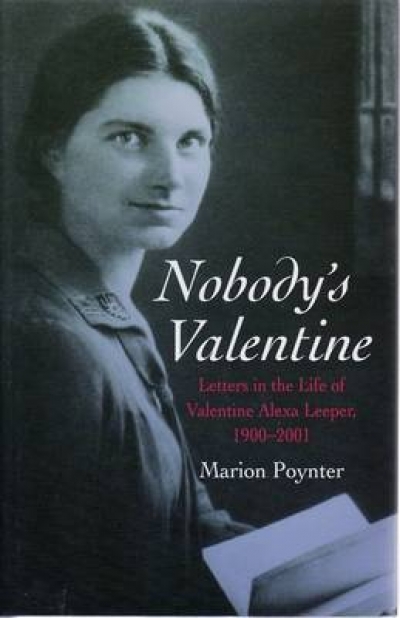Miegunyah Press
Gough Whitlam: His Time: The Biography, Volume II by Jenny Hocking
by Neal Blewett •
Permanent Revolution: Mike Brown and the Australian avant-garde1953–97 by Richard Haese
by Peter Hill •
An Eye for Eternity: The Life of Manning Clark by Mark McKenna
by Norman Etherington •
The West and the Map of the World: A Reappraisal of the Past by Matthew Richardson
by John Thompson •
The Garden of Ideas: Four Centuries of Australian Style by Richard Aitken
by Luke Morgan •
Nobody’s Valentine: Letters in the life of Valentine Alexa Leeper 1900–2001 by Marion Poynter
by John Rickard •
Gough Whitlam: A moment in history (Volume One) by Jenny Hocking
by Neal Blewett •
Graham Kennedy Treasures: Friends remember the king by Mike McColl Jones
by Sue Turnbull •


